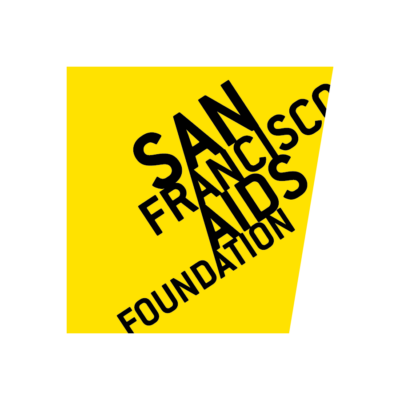STD Rates in California Reach the Highest Levels in 30 Years
Advocates + Health Providers Call on the Governor and Legislature to Take Action to Address This Growing Public Health Crisis
October 9, 2019 – Yesterday, the California Department of Public Health (CDPH) released 2018 data showing that sexually transmitted diseases (STDs) in the state continue to climb and are at the highest levels in 30 years. These sharp increases in STDs are largely due to inadequate funding and inattention from elected officials resulting in a depleted public health infrastructure that is Ill-equipped to handle a crisis of this magnitude.
If left undetected and untreated, STDs like chlamydia and gonorrhea can lead to serious long-term health problems including infertility and cancer. Syphilis can cause paralysis, blindness, internal organ damage, and neurological problems. Congenital syphilis can be fatal to infants. STDs also increase an individual’s risk of contracting HIV.
In 2018 the reported number of gonorrhea cases rose to almost 80,000, which is 211 percent more than 10 years ago. Chlamydia cases in the state topped 230,000 – a 56 percent increase. Most concerning is the continued steep increases in the number of congenital syphilis cases, which are 14 percent higher than 2017 and nearly 900 percent higher than in 2012. There were 22 stillbirths or neonatal deaths associated with congenital syphilis reported in 2018.
According to CDPH, STD cases are increasing across all regions of the state with the highest rates among young people ages 15-24, African-Americans, and gay, bisexual and other men who have sex with men.
While the 2019-2020 State Budget signed by Governor Gavin Newsom included limited investments in prevention and treatment efforts, state funding levels fell far short of the $60 million requested by a broad coalition of community and public health leaders to address STDs and the related epidemics of HIV and hepatitis C (HCV).
The final state budget also failed to include funding to develop a coordinated statewide strategy to address HIV, HCV, and STDs. Earlier this year, more than 150 organizations released a community consensus statement calling on the administration to develop a comprehensive action plan to end the HIV and HCV epidemics and significantly reduce California’s skyrocketing STD rates.
Quotes from End the Epidemics Coalition Partners
“The public health community has sounded the alarm bells for years, but they have gone largely unnoticed and STD rates have continued to surge as a result,” said Sergio Morales, Senior Director of Programs at Essential Access Health. “We hope the new data serves as a wake-up call and our state leaders prioritize enacting and funding a comprehensive statewide STD prevention plan, to start turning the tide on this fully preventable public health crisis.”
“This recent data only serves to reinforce the need for California to implement a fully funded action plan to end the HIV, HCV, and STD epidemics,” said Aaron Fox, Director of Government Relations for the Los Angeles LGBT Center. “While California has begun to reinvest in the prevention and treatment of STDs, the current resources come nowhere close to meeting the need in our communities. Much, much more must be done or we will continue to see historically high STD rates in California – particularly among the LGBT community, youth, women and people of color. We encourage the Legislature and Governor to fully fund the community’s ask for STD prevention and treatment in next year’s budget.”
“STD rates are at the highest levels in decades, yet California still does not have a statewide plan to address the crisis,” said APLA Health CEO Craig E. Thompson. “It’s time for California to get serious about fighting STDs. That starts with significantly increasing funding for STD prevention and developing a comprehensive action plan to guide the state’s response. We urge Governor Newsom and the Legislature to take action now before the situation gets even worse.”
“California’s increasing STD rates are a result of decades of insufficient funding and lack of strategic coordination in our public health system,” said Joe Hollendoner, CEO of San Francisco AIDS Foundation. “We have the ability to reverse this trend and to end the HIV, HVC and STD epidemics, but California will need significantly more funding and the political will of the Governor and the Legislature. Our state also needs a blueprint to end the HIV, HCV and STD epidemics that prioritizes education, outreach, peer support, linkage to and retention in care and destigmatizes sexual and drug user health care, which is called for in the End the Epidemics community consensus statement.”










